FILIPINO CUISINE’s CONFUSED PAST | The Origins of 3 Ubiquitous FAVORITES
As a product of the Philippines’ rich history, food has become one of the things that our ancestors have passed down from generation to generation. From the pre-colonial times where trade between Indo-Malays, Chinese, and Indian goods were frequent to the time of Spanish rule where its influence spanned for over 300 years. It is no doubt that our favorite dishes served at home have become a product of the country’s experience over time, a pastiche, if you will, of all who have cooked it over time and the version they have passed on to generation afterwards. We’ve rounded up our favorites and looked into their humble beginnings. Do you know how YOUR favorite ulam come to be?
1. Adobo
Adobo came from the Spanish word adobar which means to marinade. Although its namesake is derived from Spanish origin, it is said that the dish was already present prior to the colonial era. As the Philippines is a country with humid weather, it was extremely important for Filipinos to preserve food for later consumption. Vinegar, which was the most powerful preservation ingredient (because it slows the growth of bacteria), has been said to have existed (in the form of Coconut Vinegar) even before the Spaniards came and even going way back to the start of the Chinese trade. Aside from vinegar- meat, salt and spices were other ingredients that completed the precolonial adobo. Soy sauce, which is a known key ingredient to the current adobo recipe, was added in a much later version of adobo, replacing salt. These ingredients were then put together in a palayok, a traditional clay pot used in cooking, then slow cooked under heat. This “original” version of adobo was much drier and oilier than the saucy adobo that we know today.
Much discourse on whether the Spaniards brought adobo to the islands or if the Philippines had taught the Spaniards the dish continues to current day. Although Spanish “adobo” had already been recorded to exist during the 12th century, its spices had been gathered from other countries as a product of its trade, including the ones that had come from the Philippines. Additionally, though similar in name, the Spanish and Filipino versions are two distinctly different dishes in ingredients, form and anchor meats and flavors. Which has led scholars (and foodies alike) to conclude that “adobo” may have been only a way to describe a specific cooking technique and not necessarily the recipe itself. The adobo technique is thought to have originated during pre-refrigeration times, in an attempt to preserve meat by cooking it in vinegar and salt, which was prevalent in both countries at the time.
2. Tinola
Chicken tinola is another food staple of Filipino households, where its basic foundations lie with cooking chicken in ginger broth. Tinola’s origins are still yet to be confirmed but it is suggested that this favorite soup dish has also been around even before Spanish rule.
Antonio Pigafetta, an explorer from Venice, who joined Ferdinand Magellan’s expedition to circumnavigate the world in 1522, recorded in his diaries much of the food that was served when they arrived in the Philippines. Among the many dishes that the Filipinos offered to Magellan’s explorers according to this early account was a dish that closely resembled tinola. This tinola was prepared like we know it today but with the use of not only chicken, but fish and pork, as well.
Early records of tinola as a dish itself is also found in Noli Me Tángere (1887), a novel by the Philippines’ national hero, Dr. José Rizal. The use of this dish in the novel served as an important detail in Rizal’’s storytelling. Having the neck of the chicken served to Padre Damaso, all the while giving the good parts of the chicken to Crisostomo Ibarra, established the individual characteristics of these men in the story in a subtle way.
3. Kare-kare
Kare-kare is a dish that has a lot of history to unbox, as multiple claims arise with its origin. Kare-kare is a stew served in a thick peanut sauce, often paired with bagoong for an additional salty taste. If you say kare-kare out loud, you might think that its root word, kare or kari, sounds like curry. And if you do, that you would be correct as this dish’s namesake is, indeed, derived from the word ‘curry’.
One claim on the origin of kare-kare comes from the province of Pampanga, also known as the culinary capital of the Philippines. The dish that the Kapampangans claimed to have made is called kari, where its sauce is made from turmeric, saffron, and lemon grass, with a recipe influenced by the Moro of Indonesian descent. Kariyan, which are places that cook and sell kari were established around the province as the dish grew popular. After some time, these eateries began to pop up in Manila to cater the Kapampangans who were working and studying away from home. These kariyans in Manila, which later became the infamous karinderyas that sold a variety of meals along the streets, made their own version of kari because the Kapampangan version had saffron, which was very difficult to source in the region. So they replaced saffron with anatto, a food coloring derived from seeds of the achiote tree. As the Kapampangans learned about this, they have deemed this version as kari-kari or kari-like because of its difference from their original kari dish, and yet not actually the kari they invented so as if to say, “Kari but not Kari.” This Manila version of kari-kari or kare-kare is said to be the most similar to the present kare-kare that we know today.
Other claims surrounding the kare-kare includes the influence of Indian cooking as Sepoys—Indian soldiers under British reign—went to the Philippines to combat the Spanish army. As the Sepoys eventually migrated within the country, they tried to recreate the food that they had at home with the spices they found on hand. However, as these spices ran out, they made their own version of the kari they have at home with ingredients available in Manila which included the aforementioned achiote and peanuts which make up the modern kare-kare dish.
Mexicans are also said to have had an influence over this dish because of peanuts coming mainly from the South Americas during that time. Due to the Galleon trade, food coming from the region had indirectly influenced Filipino dishes, including kare-kare, which had a similarity to the Mexican dish, Encacahuatado.
Food, no doubt, has become a vessel of one’s rich culture and history. As we prepare and eat these dishes on our respective dinner tables, may always remember our ancestors, that spanned the country and created these national dishes that stood the test of time.
Written By Maria Manio
YOU MIGHT LIKE TO READ MORE ABOUT


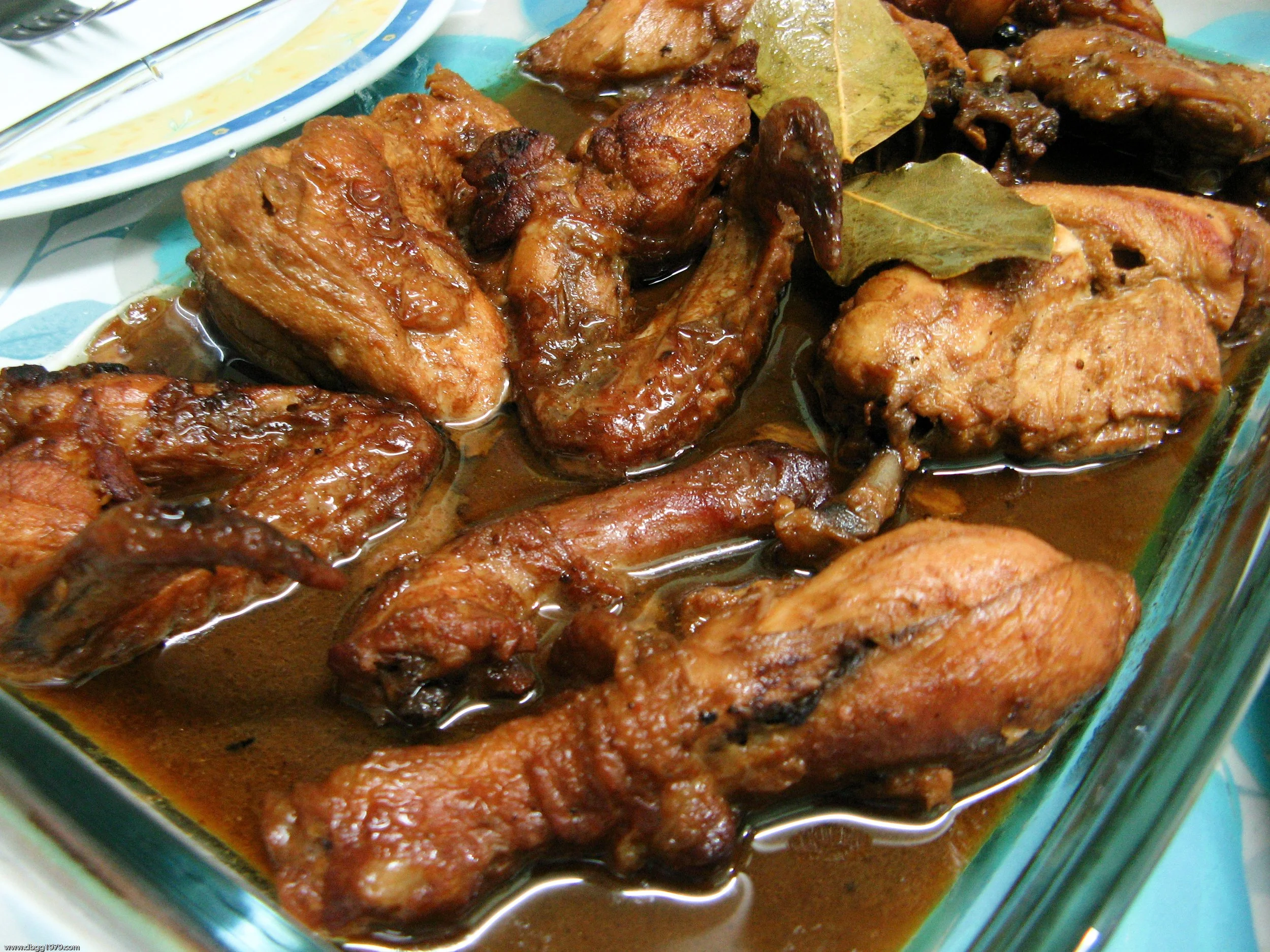
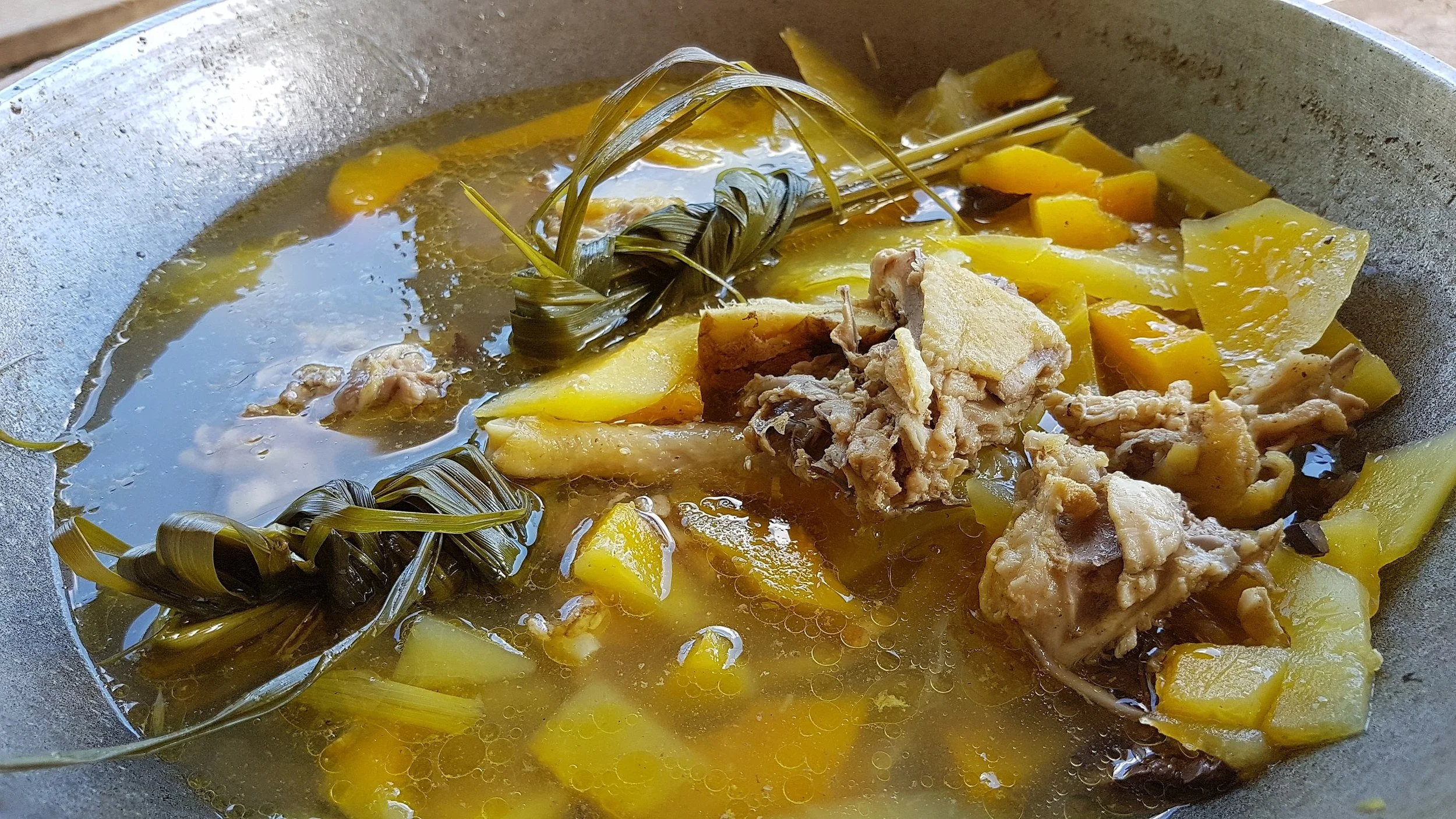


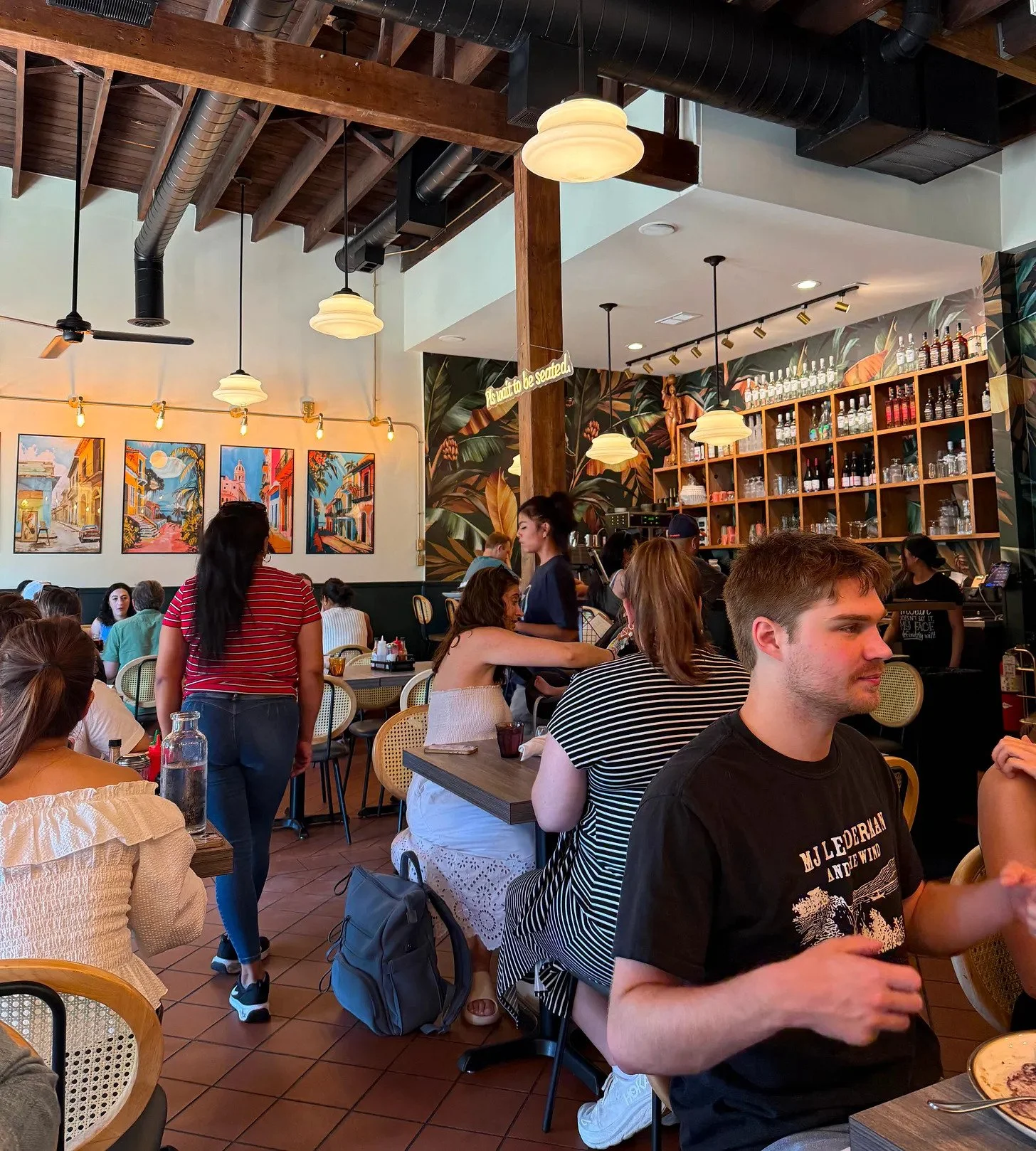



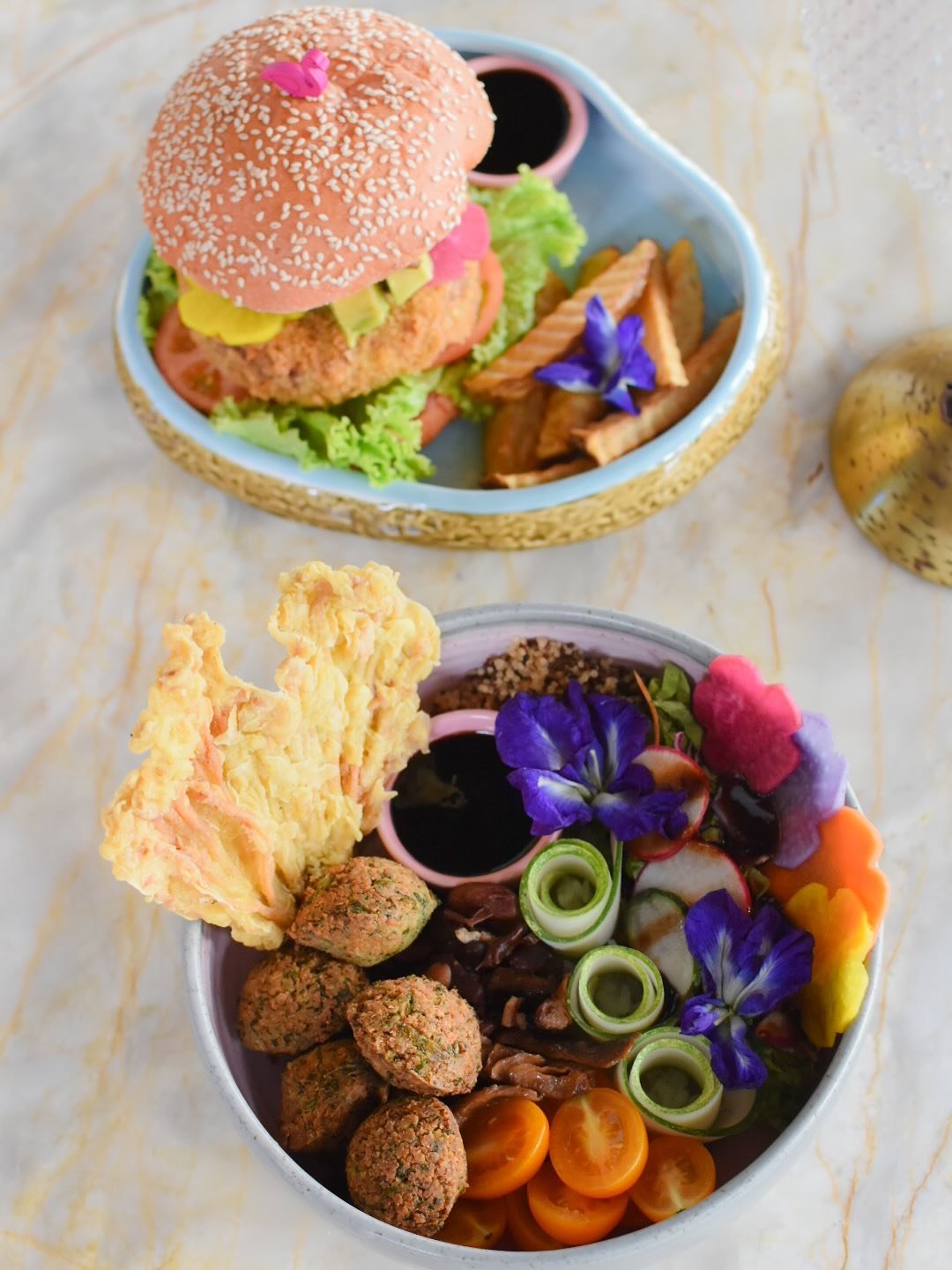




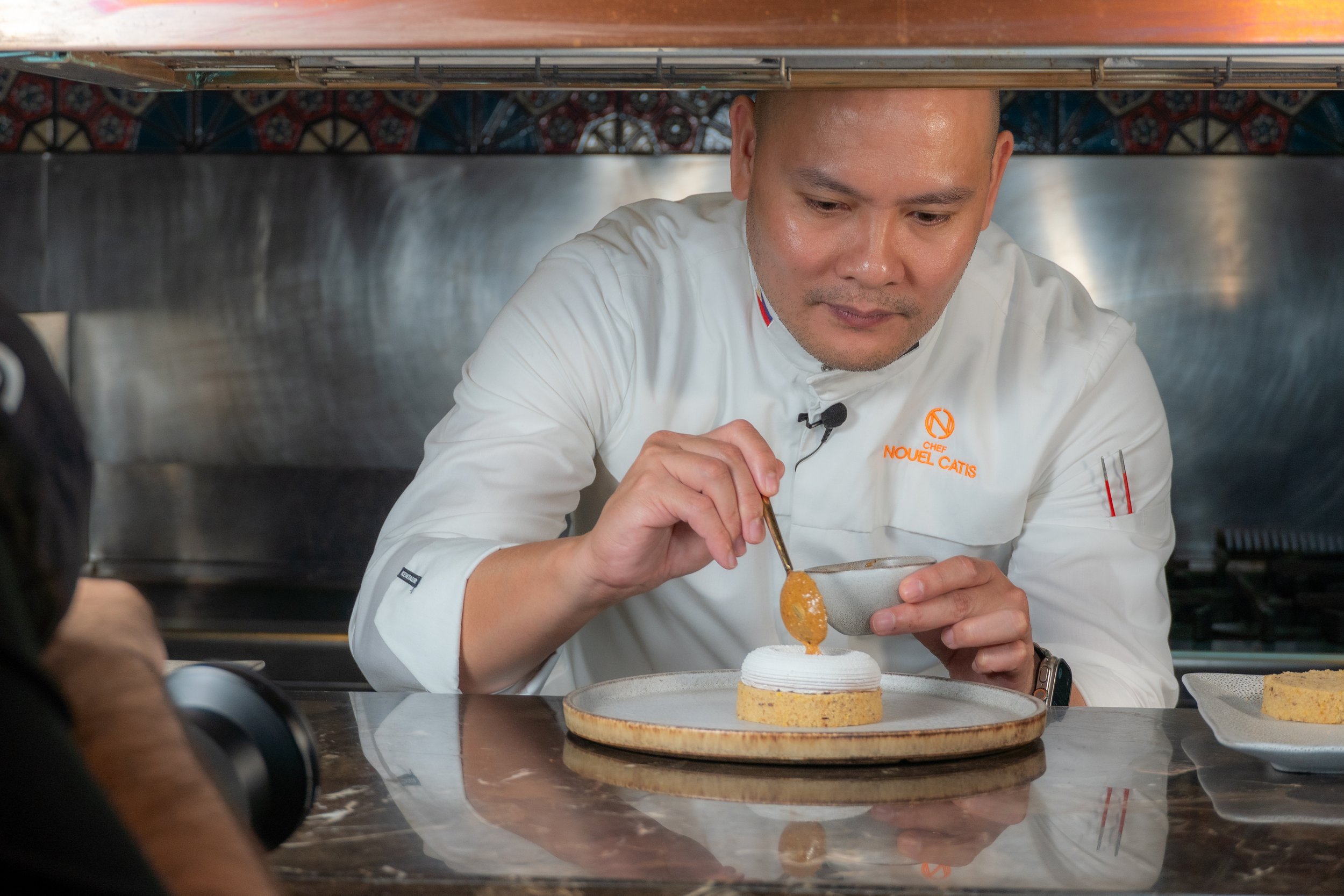
Known for transforming the simplest ingredient, the egg, into crave-worthy comfort food, Eggslut became phenomenon. And at the center of it all is its founder, Alvin Cailan, a Filipino-American with a vision.
Read More